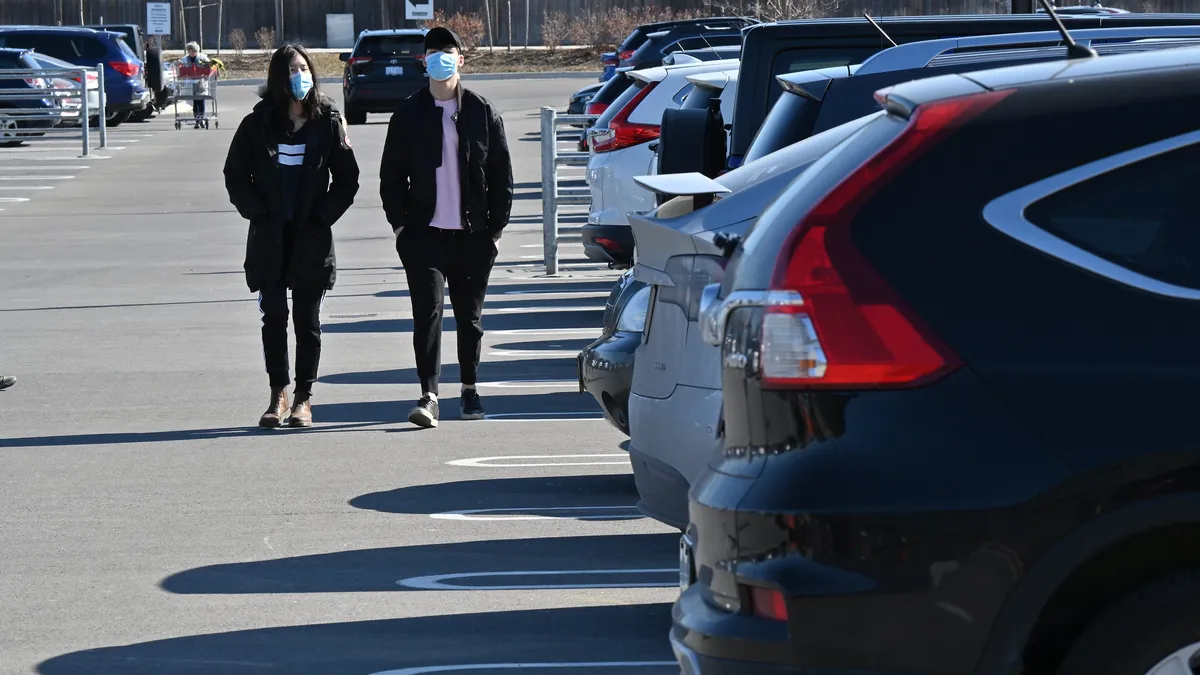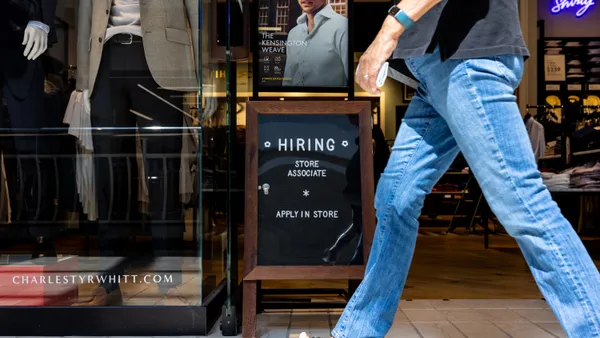Dive Brief:
- Global workforce risk has reached its highest level in five years, according to an international survey of more than 1,400 risk professionals in 99 countries by health and security services firm International SOS.
- Per the findings, published last month, U.S. respondents were the most likely regional cohort to report an increase in risk, and 40% of respondents in the Americas said trust in local governments and health organizations had degraded.
- The COVID-19 pandemic has emerged as a common theme in organizational risk assessment, SOS International said, and more than half of respondents said having adequate resources to deal with the pandemic was among their top organizational challenges. A majority said that infectious disease will cause a decline in employee productivity in 2021.
Dive Insight:
The survey isn't the first analysis to identify the workforce as one of the key areas of risk for organizations as they prepare for a new year. As early as April, a report from consulting firm The Hackett Group identified "people risk" as one of five key risk categories for employers during the pandemic.
Among Hackett's recommendations for organizations looking to mitigate risks was a focus on leadership and organizational agility, including access to cloud-based systems to enable virtual work and flexible team structures. But beyond such changes, International SOS Group Medical Director Neil Nerwich said in the firm's statement that the pandemic has also necessitated an "evolution" of the ways in which organizations protect workers from threats.
"Just as 9/11 changed the way that employers saw their Duty of Care with respect to security issues, so the pandemic is destined to have a lasting change to employer approach to employee health threats," Nerwich said.
Precautions to protect employees' physical health may also yield benefits for their mental health. An October study by Occupational Environmental Medicine found employees who were able to practice social distancing at work had a lower risk of depression than those who could not.
From a talent development perspective, the fallout of the coronavirus response may also contribute to an increased focus on preparation for disruption among organizations. Some reports detail how COVID-19 accelerated disruptive forces such as automation. But the adoption of tools that enable remote work and other digital processes may have pushed workers to develop new capabilities as well as comfort with virtual tools, according to speakers at a November McKinsey & Company event.
Organizations are also increasingly prioritizing employee learning and development to fill skill gaps; 68% of L&D leaders in a recent LinkedIn Learning survey said the level of urgency around learning program launches had increased.













